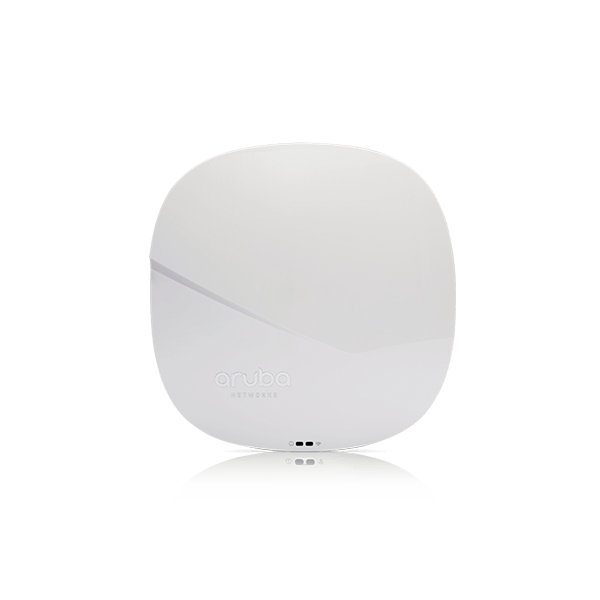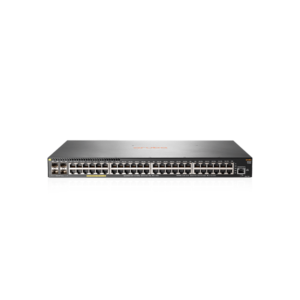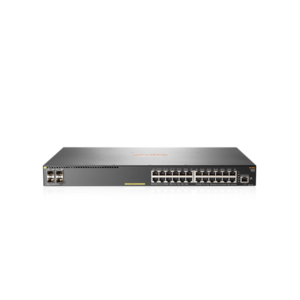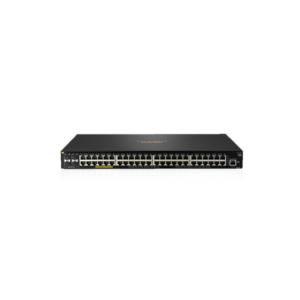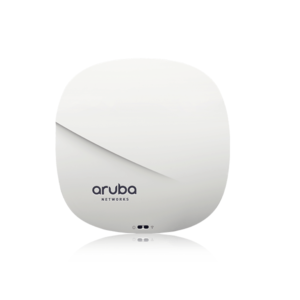Description
Overview
These Wave 2 access points deliver multi-user MIMO (MU-MIMO) aware ClientMatch to boost network efficiency and support the growing device density demands on your network.
Starting with the 320 series, Aruba access points have an integrated BLE Beacon to remotely manage battery-powered Aruba Beacons.
| AP-320 SERIES SPECIFICATIONS |
|---|
|
| WIRELESS RADIO SPECIFICATIONS |
|---|
|
| POWER |
|---|
|
| WI-FI ANTENNAS |
|---|
|
| OTHER INTERFACES |
|---|
|

